What is Coal? Facts, Types, Formation Uses Video with ...
Some Facts on Coal. Whether you realize it or not, coal is a big part of your daily life. In the past, coal has been used to heat homes, to cook with, and even to draw with.
 WhatsApp)
WhatsApp)
Some Facts on Coal. Whether you realize it or not, coal is a big part of your daily life. In the past, coal has been used to heat homes, to cook with, and even to draw with.

The calorific value is expressed in two different ways on account the moisture in the coal. Coal contains moisture. When coal burns the moisture in coal evaporates taking away some heat of combustion which is not available for our use. When we say Gross Calorific Value or Higher Heating Value it is the total heat released when burning the coal.

GCV, gross calorific value, is the quantity of heat produced by combustion. UHV, useful heat value, is the gradation of noncoking coal.
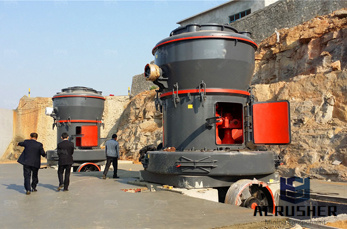
Heat Values of Various Fuels. August 2018. The heat value of a fuel is the amount of heat released during its combustion. Also referred to as energy or calorific value, heat value is a measure of a fuel''s energy density, and is expressed in energy (joules) per specified amount ( kilograms).

John W. Bartok, Jr., Extension Professor Emeritus Agricultural Engineer, Department of Natural Resources and the Environment, University of Connecticut, Storrs CT – Updated 2013.

Anthracite coal is the hardest. It averages 85%95% carbon content and has the highest heating value of the four types of coal. It is not uncommon to find anthracite that .
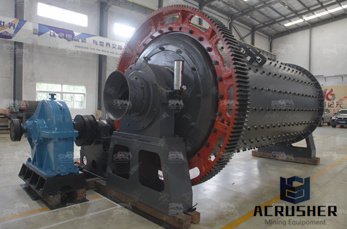
Anthracite also is the most brittle among coal types. When burned, it produces a very hot, blue flame. A shiny black rock, anthracite is used primarily for heating residential and commercial buildings in the northeastern region of Pennsylvania, where much of it is mined.

Jan 18, 2017· Basic physical difference is in the way the heat in coal is measured and accordingly pricing of coal is done. In GCV( Gross calorific Value) it is asumed that ...

Notes: The lower heating value (also known as net calorific value) of a fuel is defined as the amount of heat released by combusting a specified quantity (initially at 25°C) and returning the temperature of the combustion products to 150°C, which assumes the latent heat of vaporization of water in the reaction products is not recovered.

The higher heating value takes into account the latent heat of vaporization of water in the combustion products, and is useful in calculating heating values for fuels where condensation of the ...

Gross Net Calorific Values Gross CVor ''higher heating value'' (HHV) is the CV under laboratory conditions. Net CVor ''lower heating value'' (LHV) is the useful calorific value in boiler plant. The difference is essentially the latent heat of the water vapour produced. Conversions – Units From kcal/kg to MJ/kg multiply kcal/kg by

What is the heat content of coal? In 2018, the annual average heat content of coal produced in the United States was about million British thermal units (Btu) per short ton (2,000 pounds), and the annual average heat content of coal consumed was about million Btu per short ton.

The heating value shows the amount of energy that is in the coal is the most important coal parameter for economic benefits highest engineering efficiencies Higher heat value in Knox County than in Posey. Indiana Midwest coals have high energy values Sullivan Knox Gibson Posey Higher heat value in Knox County than in Posey County

Coal Rank. Coal is made up plant material that has been initially broken down by bacteria and fungi in a peat swamp and then has been subjected to temperature for varying amount of time to produce a progression of coals Table 2. In moving from peat through to anthracite the main driver is heat which is used for the coalification process.

Dec 17, 2018· The stored energy potential within coal is described as the "calorific value," "heating value," or "heat content." It''s measured in British thermal units (Btu) or millijoules per kilogram (MJ/kg). A Btu is the amount of heat that will warm approximately gallons—a pound of water—by 1 degree Frenheit at sea level.

The calorific value of coal varies considerably depending on the ash, moisture content and the type of coal while calorific value of fuel oils are much more consistent. Energy content of the Indian Coal is expressed in "Useful Heating Value" (UHV) basis Indian coal (noncoking) is classified by grades (AG) defined on the basis of Useful Heat ...

Anthracite Coal is very shiny, hard black coal, high carbon content and energy density, repels moisture, for domestic industrial uses, including smokeless fuel; Bituminous Coal is softer and shiny, moisture content is 8 20%, possible for coking coals, volatile matter from 16% 40%, can be used for thermal or metallurgical applications; Subbituminous Coal is soft and black with energy ...

Currently, Indian coal is classified on the basis of UHV (useful heat value) into seven grades from AG. UHV is based on ash and moisture contents for noncoking coals in line with the Centre directive. "Now," notes Jha, "these seven grades have seven different prices.

Nov 08, 2015· Metallurgical coal/coking coal is produced using destructive distillation(heating in absence of air) in an coke oven and used for smelting(extraction of molten iron ...

Bituminous: Bituminous coal is a middle rank coal between subbituminous and anthracite. Bituminous usually has a high heating (Btu) value and is the most common type of coal used in electricity generation in the United States. Bituminous coal appears shiny and smooth when you first see it, but look closer and you may see it has layers.
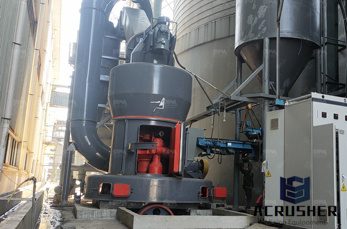
The higher heating value takes into account the latent heat of vaporization of water in the combustion products, and is useful in calculating heating values for fuels where condensation of the reaction products is practical (, in a gasfired boiler used for space heat). In other words, HHV assumes all the water component is in liquid state ...
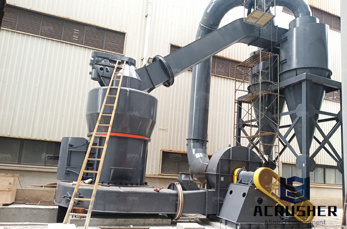
Removing the impurities increases the heating value of coal. After the coal is mined and processed, it is ready to go to market. Transportation is a very important consideration in coal''s competitiveness with other fuels because sometimes transporting the coal can cost more than mining it.

Because approximately 3,412 Btu/hr equals 1 kW, we can easily determine the thermodynamic efficiency of a power plant by dividing 3,412 by the heat rate. For example, a coal power plant with a ...
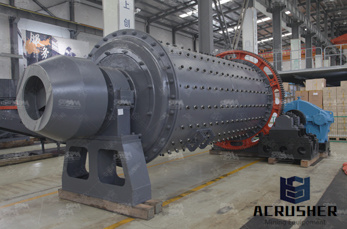
Thousands of different products have coal or coal byproducts as components: soap, aspirins, solvents, dyes, plastics and fibres, such as rayon and nylon. Coal is also an essential ingredient in the production of specialist products: Activated carbon used in filters .
 WhatsApp)
WhatsApp)